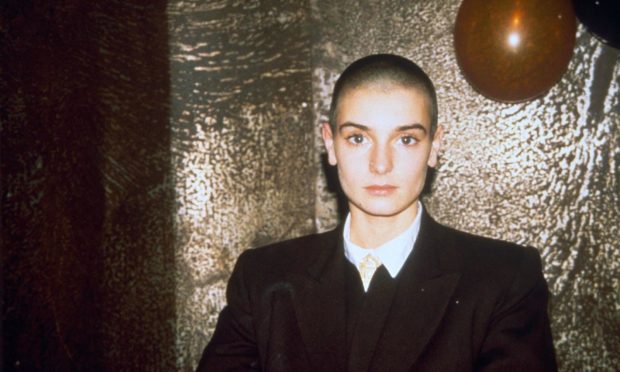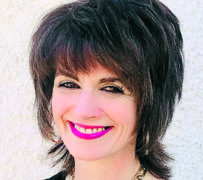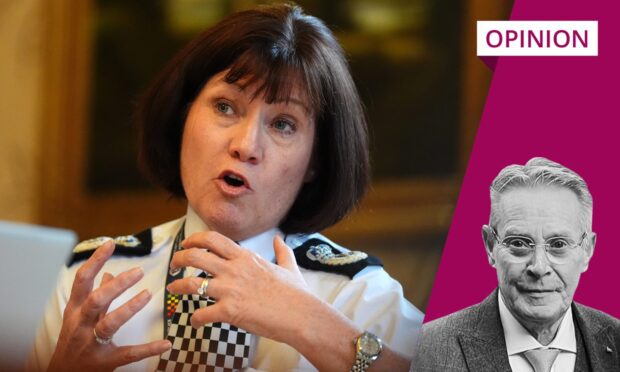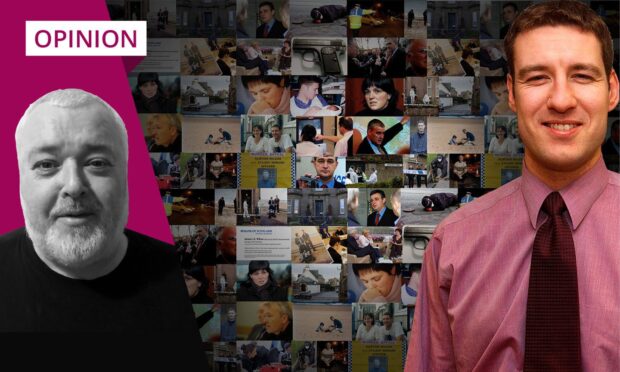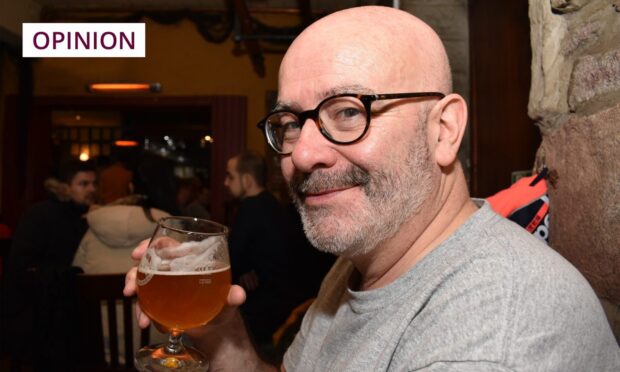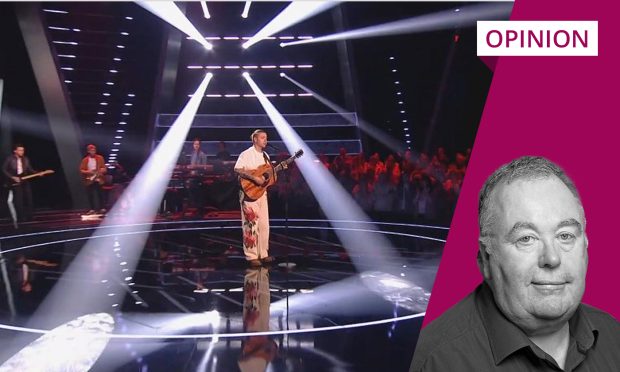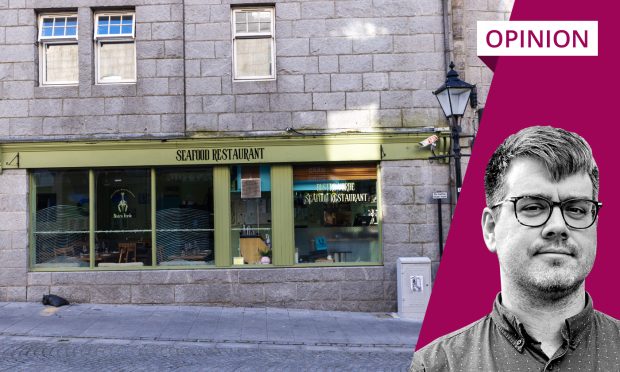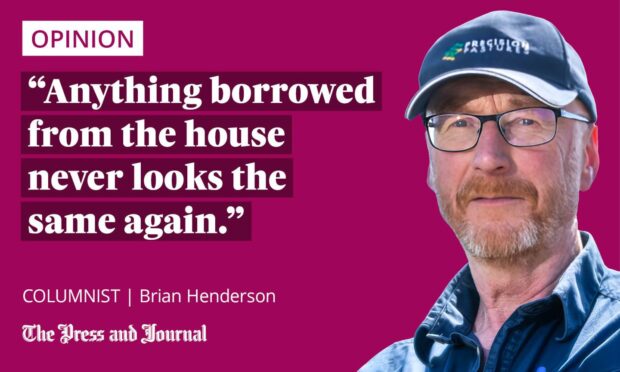Irish singer Sinead O’Connor’s new memoir, Rememberings, was published this week.
It has all the strange celeb stories one might expect, including the tale of Prince (who wrote her most famous hit, Nothing Compares 2 U) involving her in a pillow fight before chasing her down the highway in the middle of the night.
Crazy stuff. Though “crazy” is a word that should be used with caution, especially when applied to non-conformist women. It’s the ultimate silencer that prevents people taking what you say seriously – something O’Connor knows a lot about.
In 1992, the singer tore up a picture of Pope John Paul II, live on American television, in protest of child abuse in the Catholic church. Afterwards, she was jeered by crowds, mocked by Madonna, even criticised by Frank Sinatra, who dismissed her as a “dumb broad”.
Which, along with “crazy”, is the other insult most commonly applied to women saying something that someone somewhere doesn’t want to hear. Crazy and dumb!
Should authority be automatically bowed to?
The respectful piety is a bit rich, though, coming from Sinatra, who boasted of mixing with mafia killers, then bent the knee at the sight of a pontiff’s robes.
Sinatra et al’s stance seemed to be that authority should be automatically bowed to, as if salvation and deference were interconnected.
Abuse in religious settings may be acknowledged now, but when O’Connor tore that picture, there was another decade to go before there was acceptance – and longer before there was apology. How ironic that people got more upset about “disrespect” to hierarchy than they did about the violated children who lay silently bleeding.
Unwanted children were disposable because they were powerless
The news this week that a mass grave of 215 children has been discovered at the Kamloops Indian Residential School in Canada illustrates why challenge can be healthy when it comes to power – especially power that claims moral authority.
Some of the remains found at Kamloops school were of children as young as three, dumped in the earth without love or ceremony
Founded in 1890 by the Catholic church, Kamloops was in church hands until the government took over in 1969 for the last nine years of its existence. Some of the remains found there were of children as young as three, dumped in the earth without love or ceremony – evidence, Prime Minister Trudeau said, of a “shameful chapter” of Canadian history.
A single chapter in a global publication. Deference partnered by indifference dug the graves of those children, just as they did the mass graves of babies at a Catholic home in Tuam, Ireland.
Babies of “immoral” mothers. Unwanted indigenous children. Disposable because they were powerless; powerless because nobody cared enough to record their presence or question their absence. The kind of children, in fact, Sinead O’Connor highlighted. Nobody asked why she cared so much.
An abusive mother broke O’Connor’s soul ‘into bits’
Fifteen years after she tore up that picture, I interviewed O’Connor in a chaotic London hotel room, her clothes spilling onto the floor from half opened bags; an untouched cooked breakfast discarded on a rumpled bed; cigarette ash flowing down onto discarded segments of orange like volcanic ash; fag butts floating in glasses of water.
The singer spoke that day about the abusive behaviour of her mother, something she has repeated often since. She said she loved her, but realised her mother wasn’t capable of loving back. Not that she knew that as a child.
“If you knew that, your soul would break into bits.”
Who would have believed, as she explained that day, that in the famous video of her singing Nothing Compares 2 U, the two mesmerising tears that trickle slowly down her cheeks were not for a lover but for her mother?
“All the flowers that you planted, mama, in the backyard, all died when you went away.”
Sinead O’Connor understood the pain of a stolen childhood
It made sense of everything. O’Connor’s anger at clerical abuse is what any decent person would feel, but with her there was the added dimension that she understood the damage of a stolen childhood, a broken soul.
O’Connor tore up a photograph in protest of people who tore up lives
The inner child, the damaged little girl, was still angry.
She challenged an office not a man, she pointed out, yet public boos dismissed that challenge. What exactly was she being booed for? O’Connor tore up a photograph in protest of people who tore up lives.
Deference isn’t always best
By her own admission, O’Connor has had mental health struggles. No wonder. But that was used to dismiss legitimate concerns.
“It was open season on treating me like a crazy b*tch,” she said recently.
All these years later, as the remains of children are removed from the cold earth of Kamloops school, perhaps we have a better idea of just who was crazy back then, and why deference isn’t always best.
Catherine Deveney is an award-winning investigative journalist, novelist and television presenter
